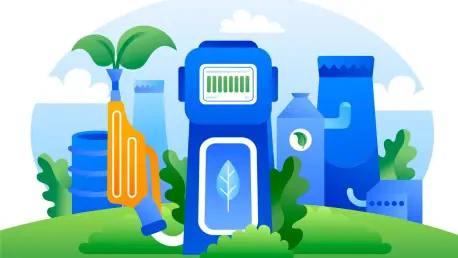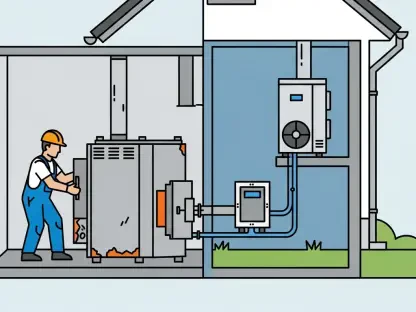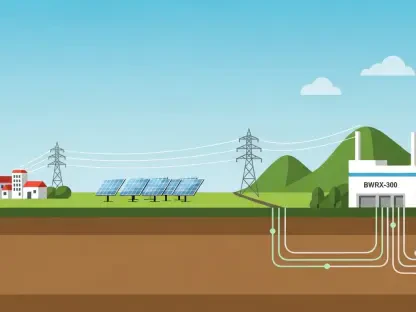In a fast-paced world moving toward sustainable energy solutions, the emergence of CelOCE represents a significant leap forward in biofuel technology. The groundbreaking enzyme, developed by Brazilian scientists alongside international collaborators, offers remarkable efficiency in cellulose breakdown, a process essential for biofuel production. This article delves into the market implications of CelOCE, exploring trends, data, projections, and strategic insights to understand the enzyme’s role in revolutionizing the renewable energy landscape.
Contextual Overview of Biofuel Efficiency Gains
The integration of CelOCE into biofuel production marks a pivotal moment in the energy sector. Traditional methods have historically struggled with the conversion of cellulose, the primary component of plant cell walls, due to its crystalline structure. The enzyme’s novel mechanism disrupts this barrier with unprecedented effectiveness, achieving double the efficiency of prior processes. By facilitating simpler and more cost-effective access to plant material conversion, CelOCE offers a pathway to improved biofuel outputs, promising cleaner and more sustainable energy alternatives.
Detailed Analysis of Market Trends and Data
Mechanistic Innovation: Oxidative Binding and Cutting
CelOCE’s innovative approach departs from the limitations of monooxygenase enzymes, leveraging a unique oxidative binding and cutting process. This advancement allows microorganisms to access cellulose fibers more efficiently, thereby enhancing the production of sugars and ethanol. Market analyses reveal how this shift addresses technological bottlenecks, reducing costs and increasing production yields across various industries. The integration of such high-efficiency enzymes is timely as the demand for renewable energy sources escalates.
Expansion into Agricultural Waste Conversion
The enzyme’s capabilities extend to the transformation of agricultural by-products like sugarcane bagasse and corn stalks, representing a significant leap in resource efficiency. This aspect aligns with trends in second-generation ethanol production, optimizing the viability of diverse raw materials. Current market data suggests that implementing CelOCE could lead to a substantial reduction in waste and an increase in overall renewable energy outputs. This evolution opens lucrative opportunities for energy sectors globally, particularly in regions with abundant agricultural residues.
Redefining Market Dynamics and Misguidances
CelOCE challenges preconceived notions within the market, notably the idea that complex structures are necessary for effective cellulose decomposition. Industry insights confirm that the enzyme’s simplified structural approach has catalyzed a shift in market dynamics, with implications for cost structures and operational paradigms. However, misconceptions about the scalability and adaptation of such technologies still linger. Addressing these points is essential to ensure that stakeholders fully grasp and capitalize on the advancements offered by CelOCE.
Implications and Strategic Insights
Navigating Future Trends in Sustainable Energy
The stakes in the biofuel industry grow as CelOCE sets a new standard for technological innovation. The enzymatic advantages it provides are expected to impact both economic and regulatory aspects of the market, urging a reevaluation of existing energy policies. As biofuel technology continues to evolve, adopting such transformative enzymes can spearhead the next phase of sustainable energy, fostering a landscape ripe for industry diversification and resiliency.
Recommendations for Market Participants
Drawing from the revelations uncovered, businesses and industry professionals should focus on integrating CelOCE in their energy portfolios. The enzyme’s groundbreaking benefits are best harnessed through strategic partnerships, innovation-driven investments, and embracing the potential of agricultural waste conversion technologies. By understanding these actionable steps, stakeholders can secure their competitive edge as the market navigates the transition to sustainable energy.
Reflective Conclusion
The examination of CelOCE’s potential revealed profound insights into the future of biofuel production and sustainability. The enzyme’s introduction not only addressed significant challenges in cellulose breakdown but also opened avenues for innovation across the renewable energy sector. The market now has a unique opportunity to capitalize on such advancements, shaping a cleaner, more efficient future for energy. Exploring CelOCE further and adopting transformative strategies has become essential in realizing its promise in the practical realm.









